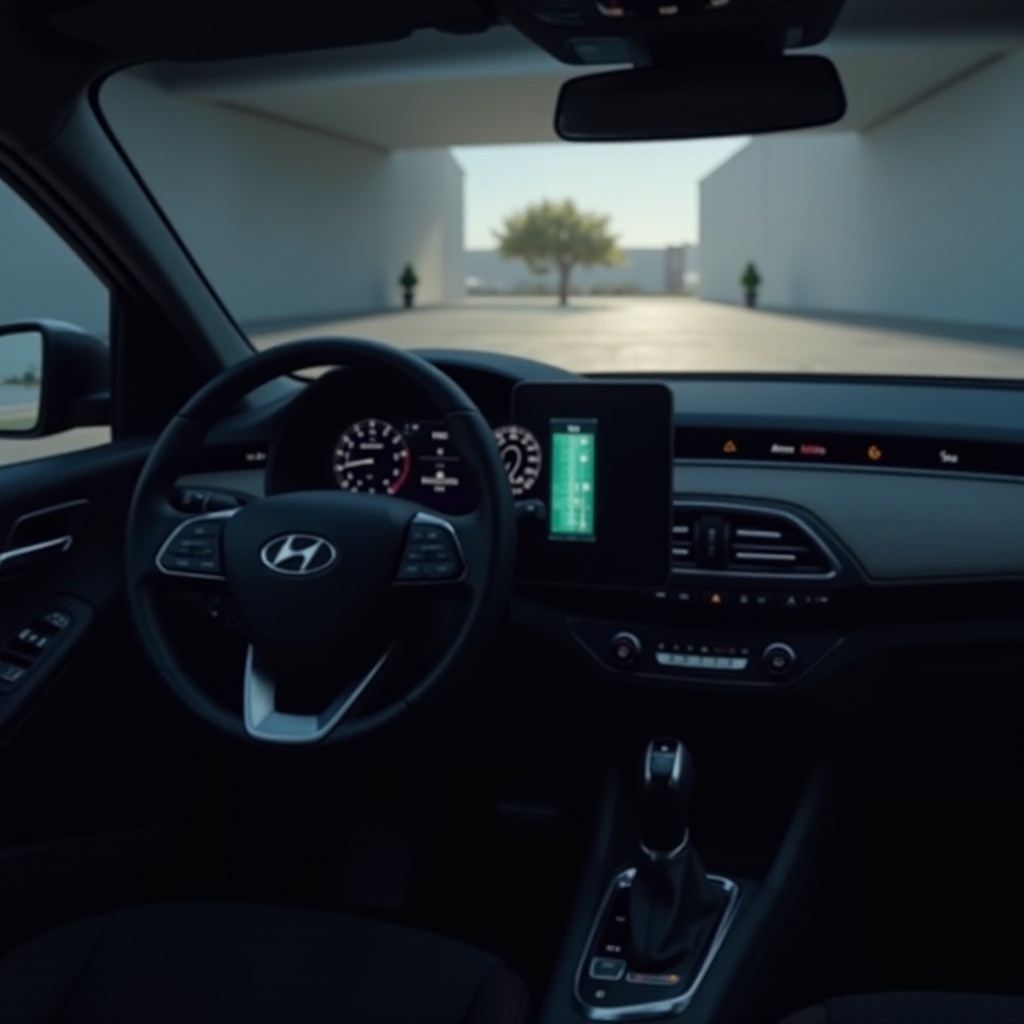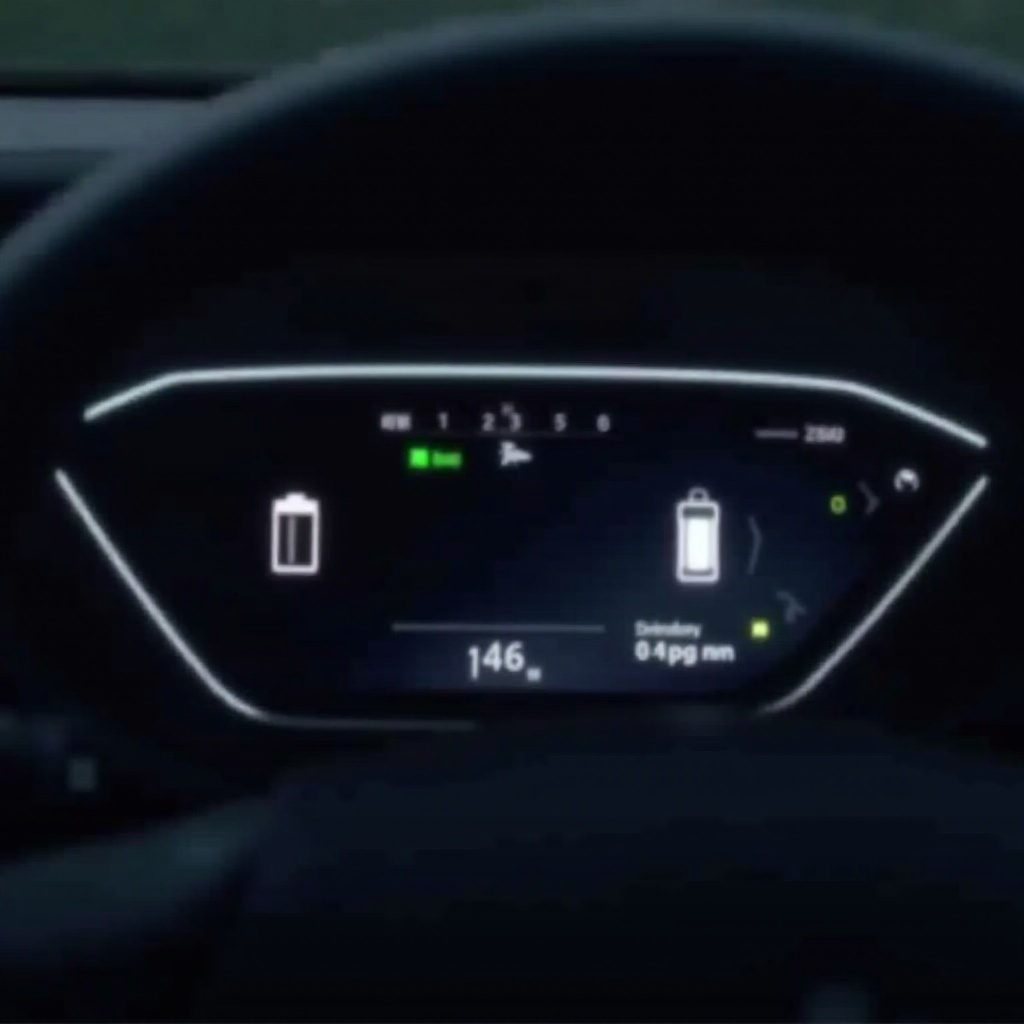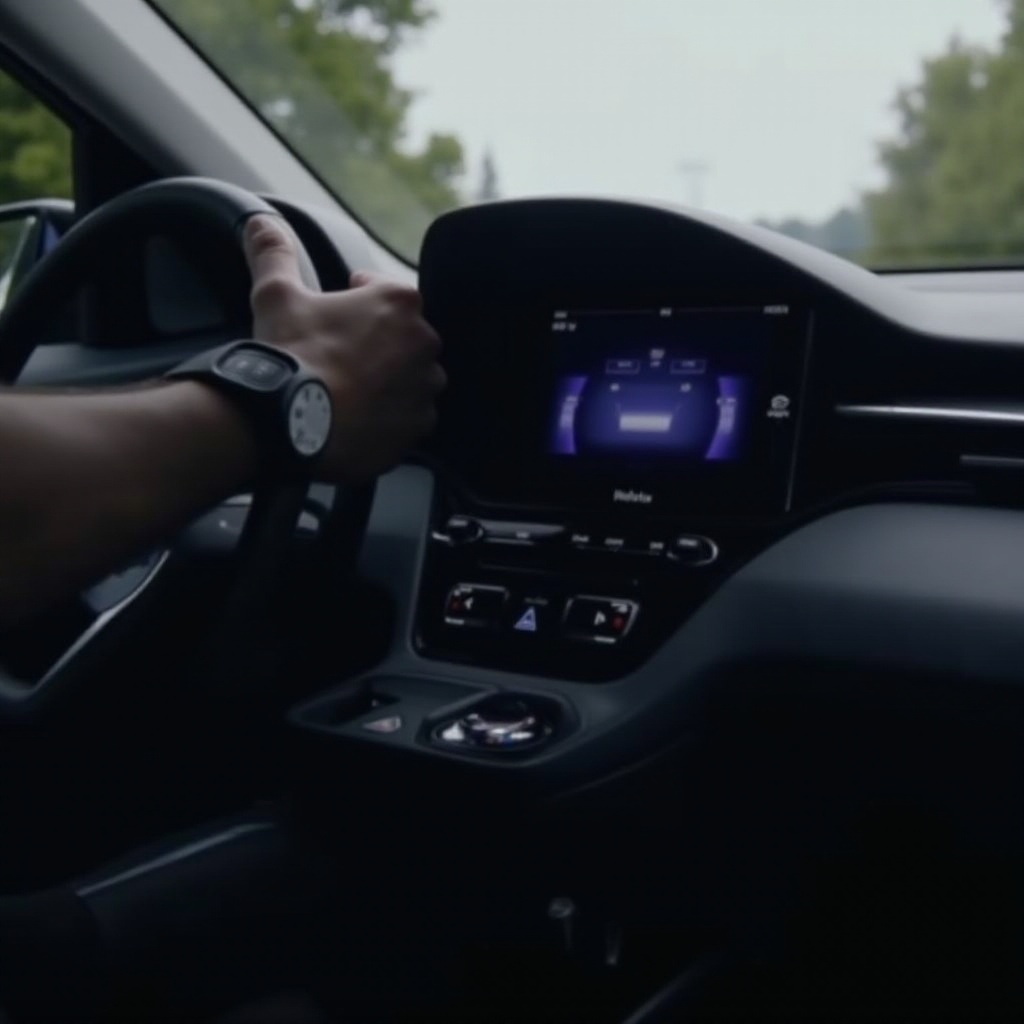Introduction
The Hyundai Ioniq 5 stands as a marvel of modern electric vehicle engineering. However, like any sophisticated machine, it sometimes signals its owner about potential issues. One such alert is the ’12V battery low warning.’ Encountering this warning can be disconcerting, especially if you’re unsure what it means or how to address it. This blog post is designed to provide a comprehensive understanding of the Ioniq 5 12V battery low warning, including its causes, solutions, and preventative measures to ensure optimal vehicle performance.

What Is the 12V Battery Low Warning?
The 12V battery low warning is an important notification related to the small, auxiliary 12V battery in the Hyundai Ioniq 5. Unlike the high-voltage battery that powers the vehicle, the 12V battery is responsible for various electrical components, such as the car’s lighting system, infotainment system, and power windows. Essentially, it ensures that minor but vital functions operate smoothly.
Receiving a 12V battery low warning means that the voltage of the auxiliary battery has dropped below its normal operating level. When this occurs, it’s a signal that the battery may require immediate attention or even replacement. Ignoring this warning can lead to more serious issues, including the potential failure of critical systems while on the road. Understanding this warning is crucial for every Ioniq 5 owner, as timely attention can prevent simple issues from escalating into more complex and costly repairs.

Common Causes of the 12V Battery Low Warning
There are several reasons why your Ioniq 5 might display a 12V battery low warning. Being aware of these common causes is essential for effective troubleshooting and maintenance.
- Parasitic Drain: Unintended electrical drain from devices such as interior lights, aftermarket accessories, or even faulty wiring can gradually deplete the battery.
- Age and Wear: Like all batteries, the 12V battery will eventually degrade over time and may not hold a charge as efficiently, leading to frequent low voltage signals.
- Faulty Charging System: A malfunctioning alternator or other components in the charging system can fail to maintain the battery’s charge, prompting a low voltage warning.
- Extreme Temperatures: Both high and low temperatures can affect battery performance. Cold weather, in particular, can limit the battery’s ability to hold a charge.
- Frequent Short Trips: Regular, short drives prevent the battery from fully recharging. The battery uses significant power to start the vehicle, but if the vehicle is not driven for a longer distance, it doesn’t get enough time to recharge.
Identifying the root cause is the first step in correcting the issue and ensuring your vehicle remains reliable.
How to Troubleshoot the 12V Battery Low Warning
Troubleshooting the 12V battery low warning involves a series of systematic steps to diagnose the problem accurately.
- Visual Inspection: Start with a simple visual check of the battery terminals and cables. Look for corrosion, loose connections, or any visible damage.
- Check Battery Voltage: Use a multimeter to measure the battery’s voltage. A fully charged 12V battery typically reads around 12.6 volts or higher. If it reads below 12.4 volts, it may need recharging or replacement.
- Load Test: Perform a load test using a specialized tool to see if the battery can maintain a voltage under load. This can reveal if the battery has a diminished capacity.
- Inspect Charging System: Check the alternator and charging system components to ensure they are functioning correctly. A faulty alternator can cause the battery to lose charge.
- Parasitic Draw Test: Monitor the battery’s drainage when the car is off to identify any parasitic draws. Disconnect accessories one by one to locate the source.
By following these steps, you can pinpoint the cause of the 12V battery low warning and take appropriate action.
Fixes for the 12V Battery Low Warning
Once you’ve diagnosed the issue, you can proceed with the appropriate fixes. The solution could be as simple as cleaning terminals or as complex as replacing the battery or repairing the charging system.
DIY Solutions
- Terminal Cleaning: Use a wire brush and a corrosion-removing solution to clean the battery terminals. Reconnect them securely to ensure good electrical contact.
- Battery Replacement: If the battery is old or fails a load test, replace it with a new one. Make sure to choose a battery that matches the specifications for the Ioniq 5.
- Parasitic Draw Correction: If you find that an accessory is drawing power unnecessarily, disconnect it or repair the faulty component to prevent the drain.
- Battery Recharging: If the battery is simply low on charge, use a battery charger to restore its voltage.
When to Seek Professional Help
- Complex Electrical Issues: If troubleshooting reveals electrical faults beyond simple repairs, consult a professional mechanic or an authorized Hyundai service center.
- Charging System Repairs: Problems with the alternator or other charging components are best addressed by professionals who have the tools and expertise to perform precise diagnostics and repairs.
- Recurring Issues: If the 12V battery low warning recurs despite your attempts to fix it, it’s a sign that a deeper issue might be at play.
Professionals can ensure that any repairs or replacements are conducted correctly and can provide insights into preventing future problems.

Preventative Measures for the Ioniq 5 12V Battery
Maintaining the health of your 12V battery and its associated systems is key to preventing the 12V battery low warning.
- Regular Inspections: Perform regular visual checks on the battery and its terminals to catch any signs of wear or corrosion early.
- Routine Maintenance: Ensure your vehicle is serviced according to Hyundai’s schedule. Regular maintenance can help identify and mitigate potential battery issues before they escalate.
- Drive Regularly: Avoid frequent short trips and ensure the car is driven for longer distances periodically to allow the battery to recharge fully.
- Manage Accessories: Avoid leaving accessories or devices plugged in when the car is off to prevent parasitic drain on the battery.
- Keep Battery Clean: Regularly clean the battery terminals to prevent corrosion and ensure good electrical contact.
These measures can significantly extend the life of your 12V battery and reduce the likelihood of encountering the low voltage warning.
Conclusion
Addressing the Hyundai Ioniq 5 12V battery low warning promptly and effectively can ensure the longevity and reliability of your vehicle. Understanding the causes, knowing how to troubleshoot, and implementing fixes can prevent small problems from turning into significant issues and help you enjoy a smooth driving experience.
Frequently Asked Questions
How often should I check the 12V battery in my Ioniq 5?
Check the 12V battery at least twice a year during routine maintenance or whenever you encounter any electrical issues.
What are the risks of ignoring the 12V battery low warning?
Ignoring this warning can lead to the failure of critical systems such as lighting, infotainment, and safety features, potentially leaving you stranded.
Can the 12V battery be replaced under warranty?
Yes, the 12V battery may be replaced under warranty depending on the terms provided by Hyundai. Check your vehicle’s warranty documentation for specifics.
